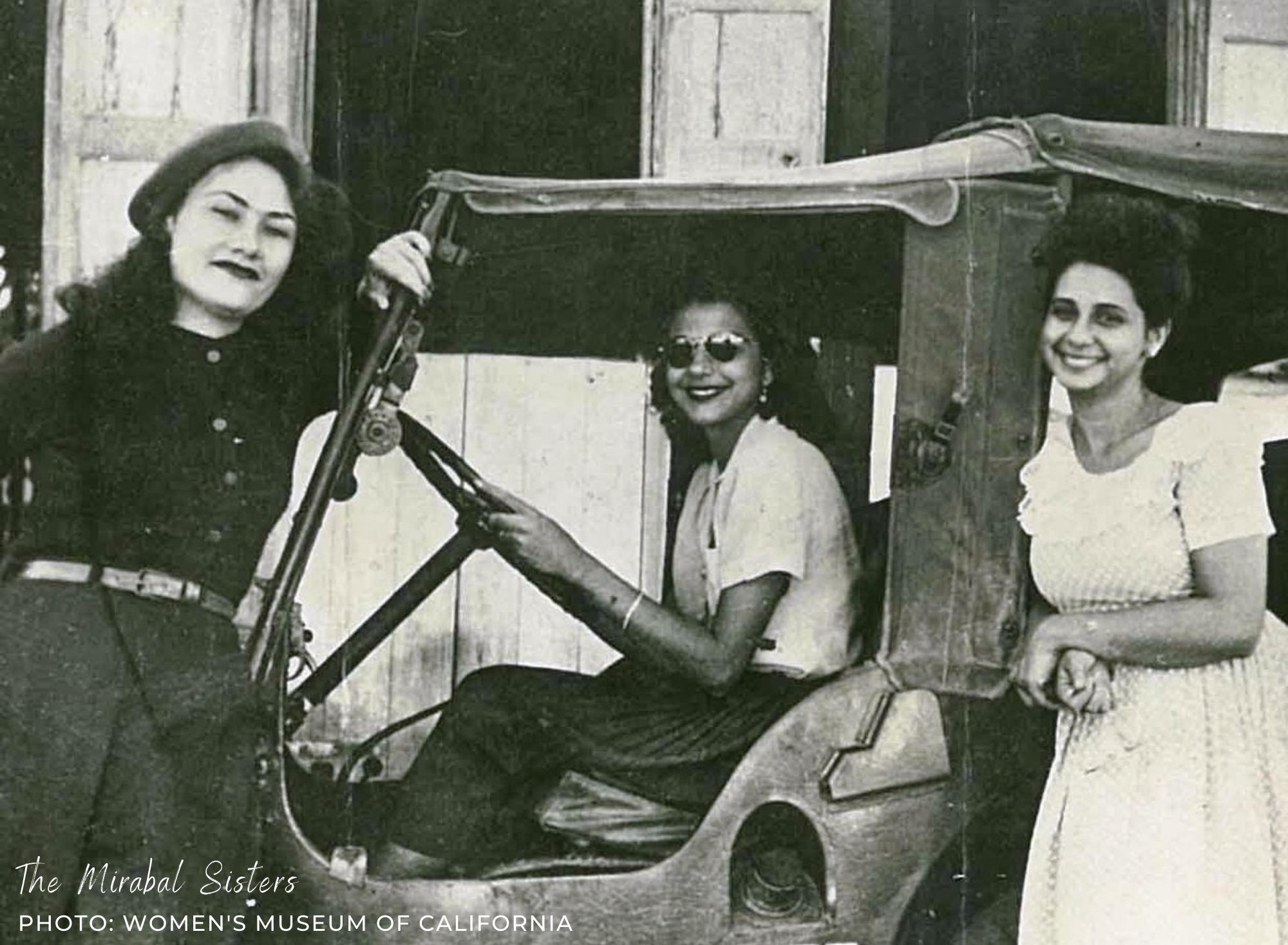On the weekend, I sat down to read The Globe and Mail and was immediately taken by Sylvia Stead’s opinion piece entitled, “The media must reflect reality: We need more diverse sources and story subjects.” I couldn’t have agreed more and, as the Principal of a girls’ school was pleased to read her view that, “media coverage needs to include diverse voices of all sorts. It needs to…reflect reality.”
St. Clement’s School is a member of the National Coalition of Girls’ Schools, an advocate for girls’ schools around the globe. One of the things we say is that for girls and young women to aspire, they need to ‘see it to be it.’
While I agreed with Stead’s premise of the need for better representation of women in the media, I found myself struggling and sorry that there was not more recognition of the vital role that intersectionality plays; how beyond ‘just’ women, we must ensure that we recognize and represent beyond gender.
As a white, privileged woman leading an evolving though still fairly homogeneous community, awareness of issues of equity, diversity, and inclusion are particularly important. St. Clement’s School has focused a lot on these areas over the past many years, and we believe that in order to ensure our community members feel included and able to be their authentic selves this work must be ongoing.
Our Equity, Diversity, and Inclusion Committee, comprised of students and staff, has been learning about, and preparing to instruct others on, the importance of intersectionality. This term, first coined by legal scholar and civil-rights activist Kimberlé Crenshaw, focused on the intersection of race and gender and how black women are, in essence, excluded or subordinated against when discussing feminism. When talking about women’s rights, are we considering the role that race also plays? Blogger Merrill Pearlman, in her piece The Origin of the Term ‘Intersectionality’, noted Crenshaw’s caution that “intersectionality can be used as a blanket term to mean, ‘Well it’s complicated.’ Sometimes ‘it’s complicated’ is an excuse not to do anything.”
I am quite confident that Stead’s intention was not to avoid the ‘complication’ of intersectionality. I was, however, disappointed that it was not acknowledged as a vital consideration in media coverage. Along with gender and lack of female representation, we must also consider gender’s intersection with race, religion, sexuality, and beliefs.
When we talk about our girls and women in our school community needing to ‘see it to be it’, we must always remember our role in developing outstanding women- all of them.

